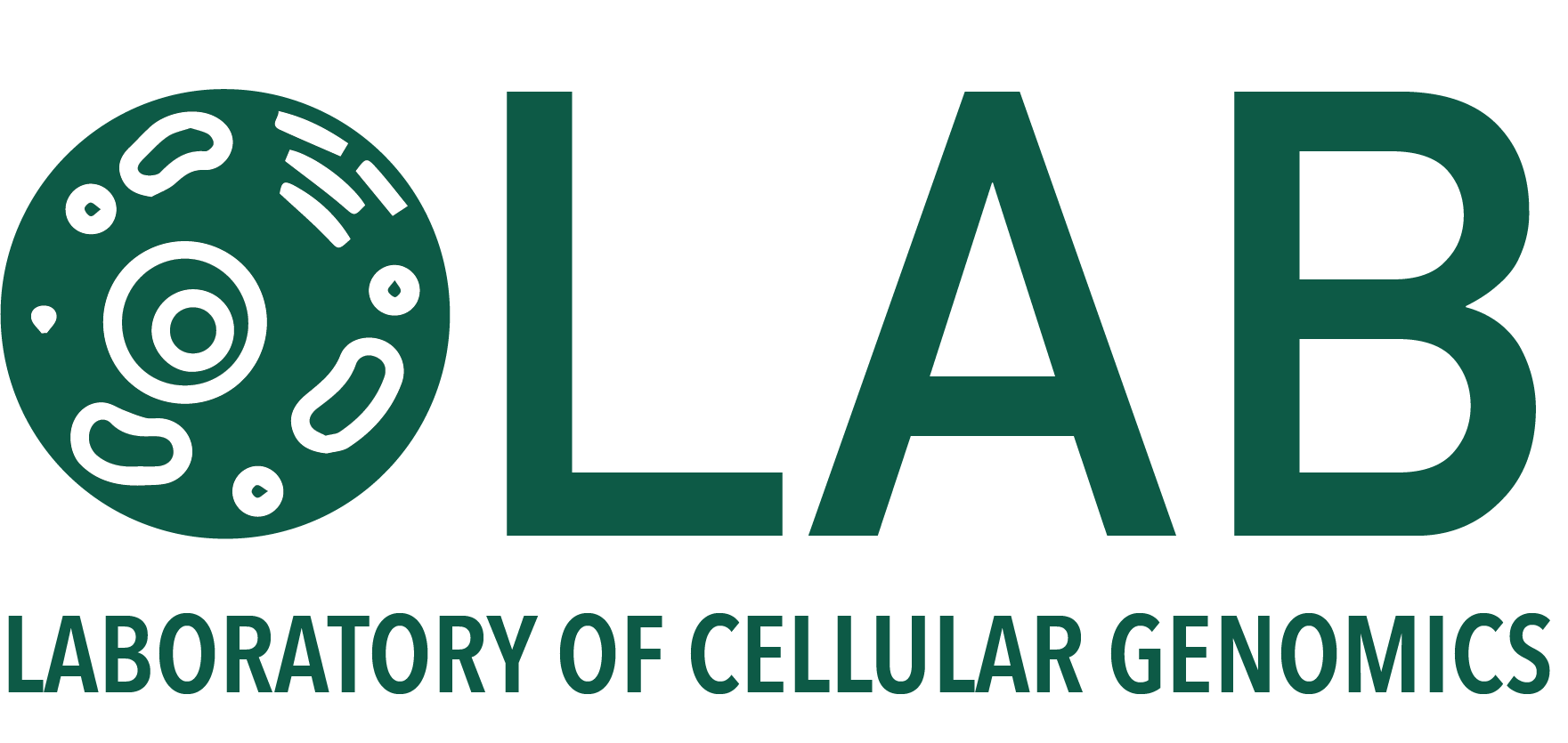During the interview, we will ask two types of questions. There will be questions related to your knowledge in the relevant field. However, most questions will be about your experience and motivation, because we want to get to know you and understand your scientific background to see if it fits well with the project.
First, you will be asked to describe one of your past projects. This will typically be your MSc thesis project but it does not have to be. I strongly recommend practising this beforehand with your current mentor or colleagues. If your work was a part of a large grant, please focus on your contribution.
Below are some examples of typical questions that were asked previously. Some of these questions will be asked in the future applications:
- Why do you want to do a PhD? Why in our group? Why at IIMCB?
- Which aspect of the PhD project are you most excited about?
- What is the most exciting about doing PhD?
- What is the most important for you as a future PhD student?
- When you imagine yourself as PhD student, what will you be doing?
- What will take the most of your time?
- What kind of experiments or analyses would you like to do?
- What kind of specific questions would you ask?
- If you could choose the least fun experimental technique (or type of data analysis) and never do it again – what would it be?
- You are in the lab on Friday afternoon getting ready to go home, all your colleagues have already left, and you spot a bucket with melting ice and some tubes in it. You don’t know who they belong to. What will you do?
Questions regarding laboratory techniques or data analysis will be tailored for each position, Below are some examples:
- Imagine you are coming to the lab in the morning and going to cell culture to check your cells. You plated them in fresh DMEM media with phenol red in the evening the previous day. You open the incubator, and you immediately see that media turned bright yellow. What will you do? What do you need to check? What are your conclusions?
- You need 1l of buffer for your experiment. It should have 1mM EDTA. The stock solutions is 0.5M EDTA. How much of stock solution do you need?
- You prepared a buffer solution and measured the pH. It is 8, but you need pH 7 for your experiment. What can you use to lower the pH?
- Imagine you are conducting an experiment with mice. You want to test if microbiota affects liver failure caused by drug poisoning. You decided to inject the drug to cause liver failure and to give mice antibiotics in their drinking water to eradicate microbiota from the gut. Then you plan to use blood levels of Alanine transaminase as a proxy for liver damage. How would you design such an experiment? What will be the groups of mice? You finished the experiment and measured the level of Alanine transaminase in each mouse. How will you proceed with statistical testing?
- You are doing DNA extraction from cells using a kit. The protocol has several steps, it starts with adding 100ul of lysis buffer to the pellet of cells, then adding 100ul of neutralization buffer, then loading on a column, washing with 500ul of wash buffer and elution with 50ul of elution buffer. You got distracted (because you are human) and added 200ul of lysis buffer instead of 100ul. You don’t have another sample with cells. What will you do?
- Imagine you have multidimensional data (for example RNAseq, single cell RNAseq, metagenomic, metabolomics) – what kind of method would you use to reduce dimensionality and visualize these data?
- You are working on liver and make an interesting observation that macrophages express a gene called Gm21480. This leads you to a question whether this gene is expressed only in the liver macrophages or also in other organs or other cell types. What would you do?
- Biologist comes to you with data from RNAseq. It is an experiment in which you have 10 samples – 6 from fat mice and 4 from lean. They purified epithelial cells from the gut and prepared libraries using Nextera (Tn5 transposase) and ask you to tell them which genes have different expression between these two groups. The data you get is Illumina sequencing data as bcl file. What will you do step by step?
